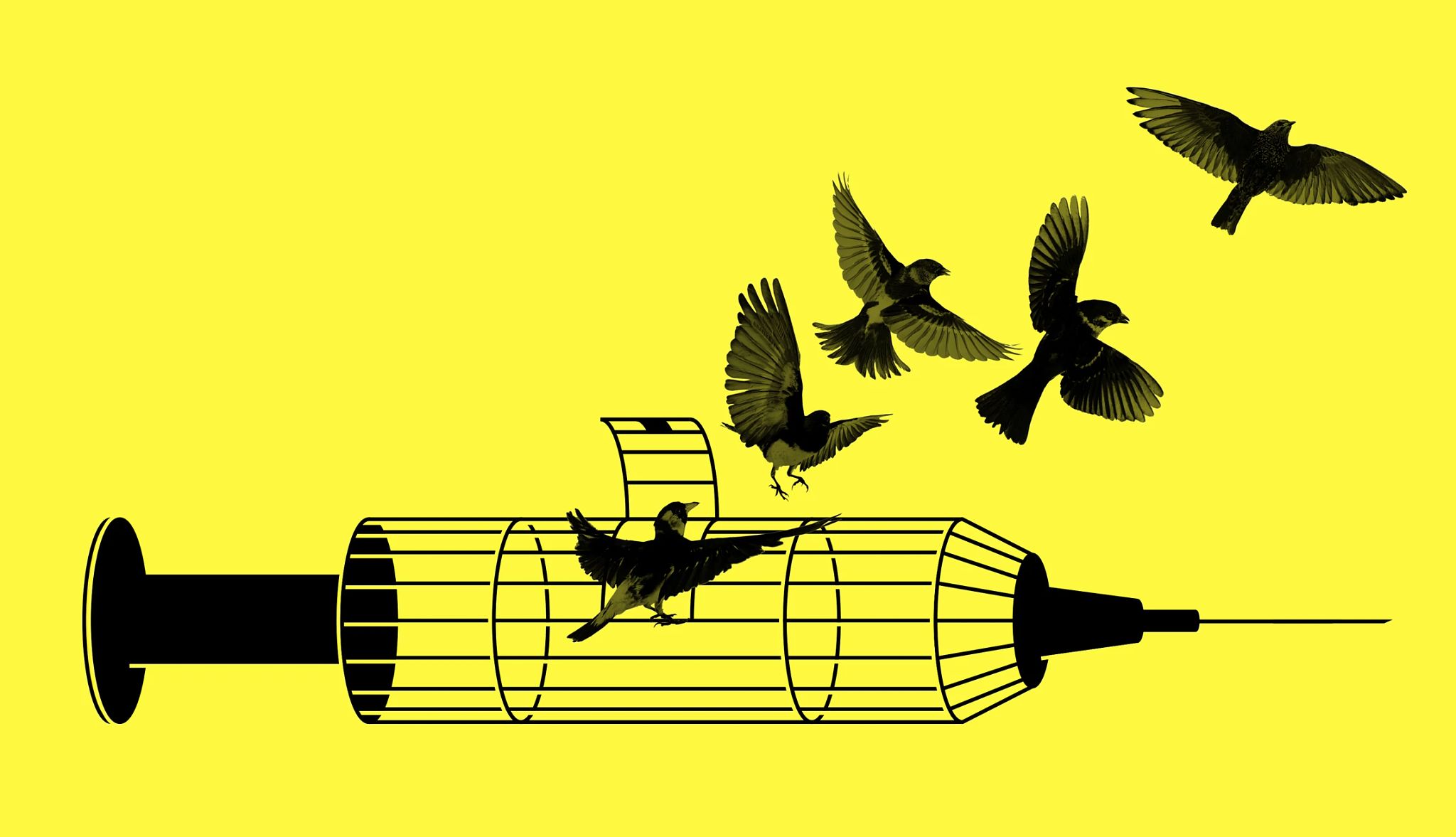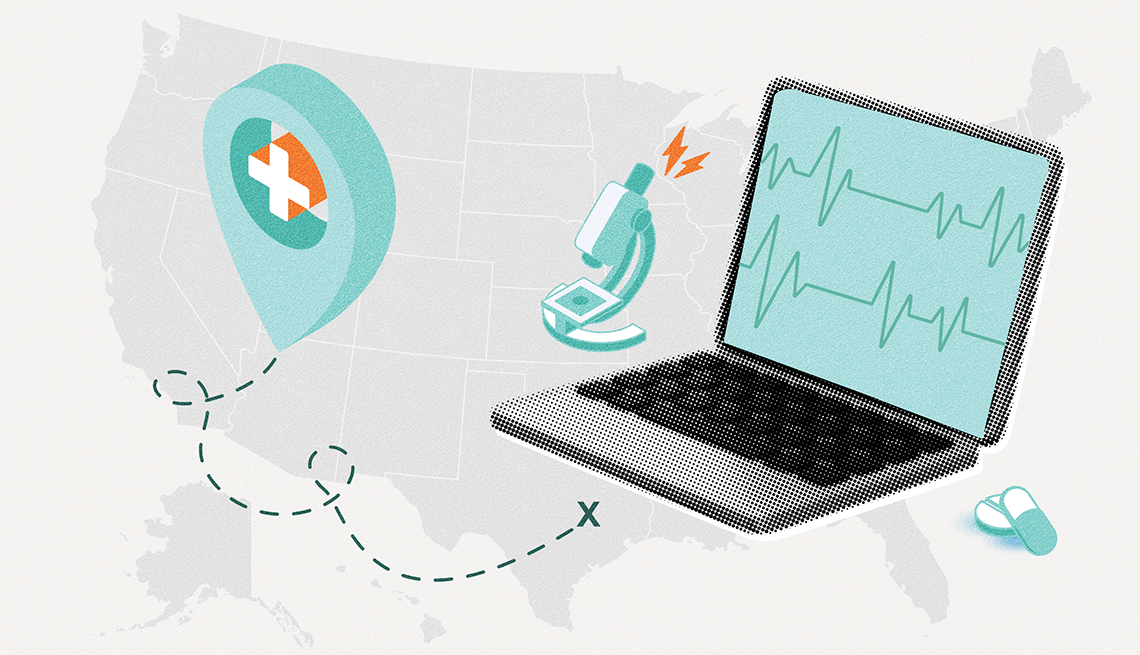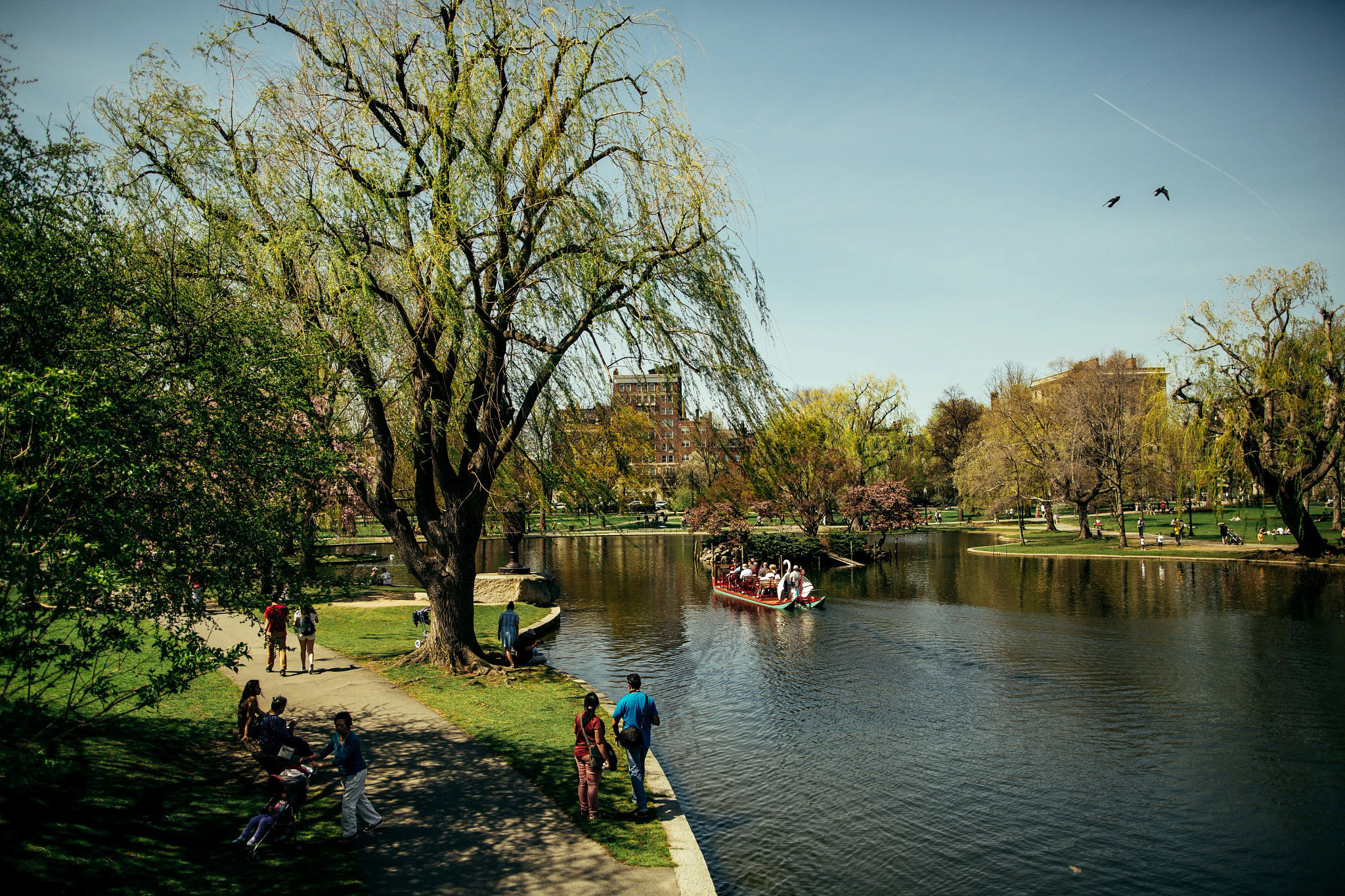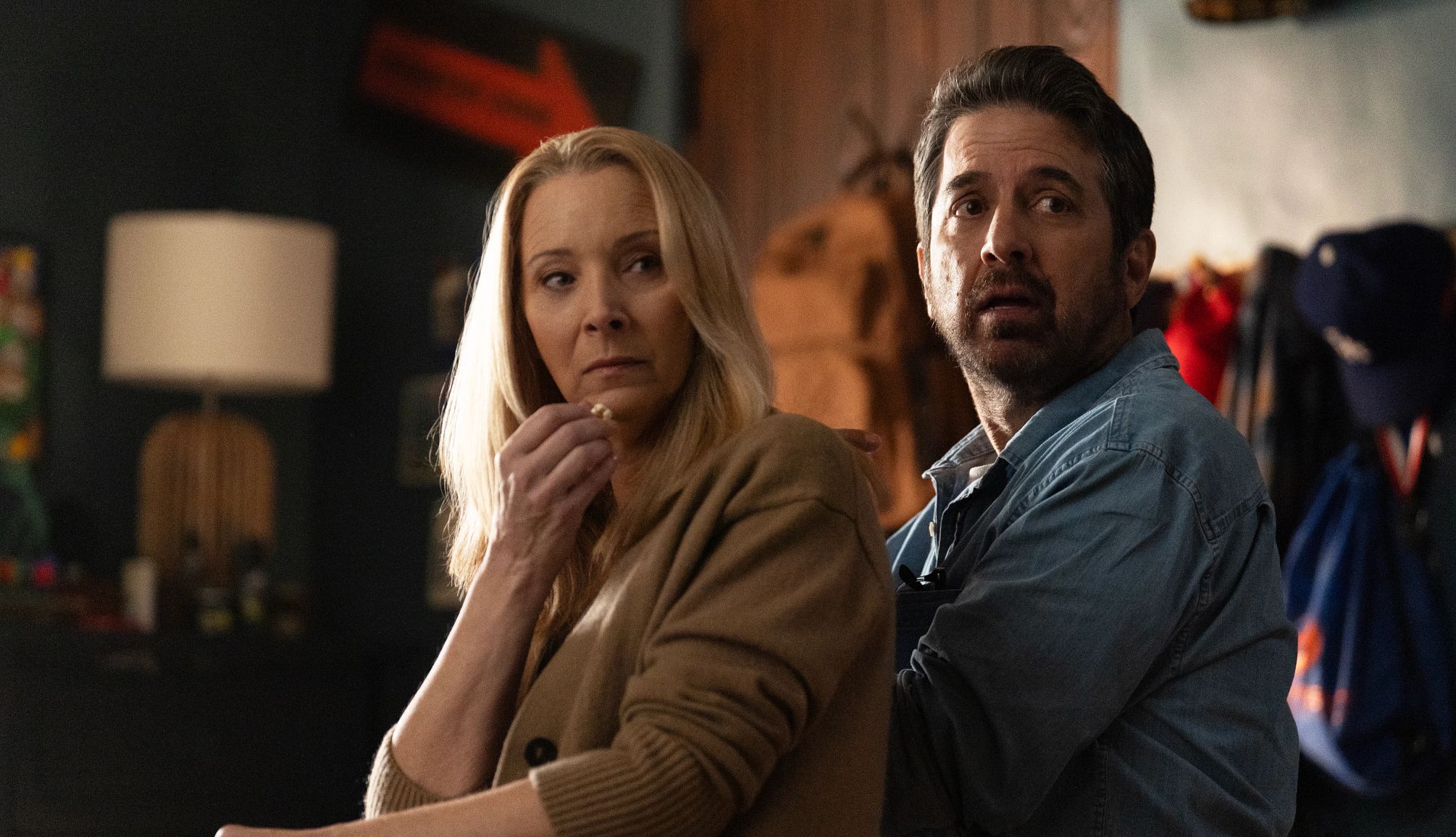AARP Hearing Center


It happens something like this. You're talking with friends at dinner when your spouse asks why you're slurring your speech. Or maybe you're out for your morning walk when your movements suddenly turn jerky, as if half of the invisible strings that guide your limbs had suddenly been cut.
Maybe pain is the herald, a crushing migraine or a starburst in the back of the head. Maybe you're alone. Or, worst of all, driving on the highway.
That's how it was for Buddy Bailey, who at the time was a 70-year-old investment adviser, golf ball hunter and steadfast husband of 51 years. It was a bluebird day in Houston. Bailey was breezing south toward Galveston on a courtesy call to a valued client. The Gulf Freeway was just rising up to cross El Dorado Boulevard, and for a fleeting moment the view through the windshield was reduced to the gray race of the road and the untroubled sky.
There are no exact words for what happens next. Darkness, dizziness, the world withdrawing, inputs going dead. A silent, mindless, timeless drift through four lanes of traffic — and then being jolted awake by the crash of his Mercedes-Benz against the freeway barrier, and swerving back into the chaos and light. When the Benz finally comes to rest, Bailey knows the danger still hasn't passed. Even so, there is nothing he can do. Because the violence is still taking place inside his head.
It is among the most feared medical emergencies. What else but a stroke could make you think you'd rather have a heart attack? Sure, heart attacks are more fatal, but at least if you survive you can carry on more or less as before — without a dimming of the mind or the loss of key bodily functions.
With strokes there is no such assurance. Fully 40 percent of stroke survivors require some kind of special care, 25 percent experience significant cognitive decline, and an average of 17 percent will be discharged into long-term care. This is not the vantage from which to sit back and reflect on one's life accomplishments.
The comparison with heart attacks is not incidental. The vast majority of strokes — or “cerebrovascular accidents,” to use the textbook term — are caused by a blockage in blood flow. Yet unlike a heart attack, for which there are dozens of immediate interventions, a stroke has proven infuriatingly difficult to treat. More than 1,000 drugs have been tested—mostly to no avail. The lack of progress has led researchers to explore offbeat solutions. Brain cooling, transcranial magnetic stimulation, lasers delivered through the nose. Drugs derived from peach pits and the venom of the Malayan pit viper. By the early ‘90s, doctors were no closer to finding a treatment for strokes than they had been 50 years prior. It was “diagnose and adios,” as the saying went. Nothing to be done.


Stroke is a story of anguish and frustration. Although the Food and Drug Administration (FDA) has approved two treatments (a medicine, tPA, that can break up the clot in a minority of strokes and, in 2016, a surgical procedure to remove clots from a sufficiently large blood vessel), people are still dying by the thousands — 150,005 in 2019. This has led some people to look for other solutions. And in the past several years, a new approach to strokes has been gaining adherents all over the country. One day it might save your life.
In the makeshift headquarters of the UTHealth Mobile Stroke Unit Consortium on the 14th floor of an office building in downtown Houston, a robotic female voice announces the latest disaster — Buddy Bailey's car accident. “Stroke. Cat. 1. Gulf Freeway near Exit 26. Key Map 617. Alpha Bravo 10.”
The stroke team, like a house of firemen, spends much of its time waiting for just this type of call. Team leader Jim Grotta, M.D., along with a paramedic, a nurse and a CT technician, grab their gear and head for the door.
The elevator ride is a killer. The ride from the 14th floor takes 30 seconds, or about 1 million neurons at the rate that oxygen-deprived brain cells die. At last the doors scrape open onto a dim corridor leading to the alley where the mobile stroke unit has been charging up. Rudy Perez, the paramedic, takes the wheel of the truck. Grotta rides shotgun. The CT tech unplugs the charging cables and climbs in back with the nurse and the half-ton computerized tomography scanner.
The mobile stroke unit (MSU) is a specialized ambulance equipped with a portable CT scanner. Rather than take stroke patients to a hospital, the idea is to take the hospital to the patients. The onboard scanner allows the doctor to diagnose en route to the hospital, eliminating the transport time, which could be as much as 40 minutes.
With a stroke, those minutes matter. Currently, only 1.3 percent of eligible patients receive treatment in the first hour after having a stroke, and nearly 20 percent are treated between three and 4 and a half hours later.
Brain tissue dies fast. For every 30-minute delay the relative likelihood of surviving a stroke with no deficits decreases by 15 percent. By eliminating some of those minutes, MSUs could (in theory, anyway) save millions of brain cells — and perhaps thousands of lives.


The key is the CT scanner, a doughnut-shaped X-ray machine capable of rendering 3D images of the brain. The scanner determines the kind of stroke the patient is having — hemorrhagic or ischemic. An ischemic stroke is caused by a blood clot that cuts off blood flow to the brain. A hemorrhagic stroke — seven times less common but four times more deadly — is caused by an aneurysm or burst blood vessel. The difference matters, because tPA, the only drug available to treat strokes, works only for ischemic strokes. When given for a hemorrhagic stroke, it can be fatal.
Historically, CT scans were available only in hospitals. But with the MSU, scans can be done virtually anywhere.
The first U.S.-based MSU debuted in 2014, right here in Houston, under Grotta's direction. MSUs now are in 19 other U.S. cities, even though research of their clinical benefits is just coming out, and nothing has been conclusive. This tells you something about how frustrating strokes can be and how impatient doctors are for solutions.
Few know more about the frustration than Grotta. Fewer still deserve more credit for the progress that's been made. Because Grotta was there from the very beginning.
For him, the story began with a stray remark over an operating table in northern Israel, 1971. Jim Grotta was on an elective surgery rotation in Safed, just east of the Golan Heights. At this point he was still deciding what kind of doctor he wanted to be — psychiatrist, neurosurgeon, maybe a neurologist.
"Why neurology?” Daniel Rice, his mentor at the time, asked. “You can't treat neurological diseases."
Rice was a military surgeon, and he treated nearly everything. At a time when the Golan Heights was still heavily mined and regularly bombarded by Syrian mortars, Rice would strap a gun to his hip, hop in his little car and drive around to all the hill clinics.
Rice was a dynamic guy. Grotta liked that about him. What's more, what Rice said about neurology was hard to deny. People regarded the brain as this intimidatingly complex, quasi-mystical organ, one resistant to real treatment. But Grotta considered Rice's words a challenge; at the end of the day it was all just anatomy, and a stroke was simply a plumbing problem, right? One for which fourth-year medical student Jim Grotta could maybe, one day, help to find a solution — as a vascular neurologist.
Within five years the advent of CT scanning began to suggest that he might be right. With scanning you could penetrate the vaulted brain and clearly identify the infarct — the tissue killed by loss of blood flow. By the late ‘70s, advances in imaging technology had revealed that not all brain tissue impacted by a stroke died immediately. The area around the infarct — the penumbra — could survive for several hours.
The implications were huge. For the first time it became clear that there was a window of time in which the devastating effects of a stroke could perhaps be averted. The next step was to figure out exactly what that effective intervention might be.
It took two decades, but Grotta helped make a viable response to strokes finally happen. He was one of the principal investigators in the landmark drug trial that lead to the FDA approval of the clot-buster tPA for ischemic strokes in 1996. It remains the highlight of his career.
But Grotta is far from done. At age 76, he projects a wiry, Army-colonel intensity, with ice-blue eyes and a quiet, almost murmured delivery. In the MSU, Grotta tabs through the dash-mounted laptop as Rudy makes a sharp right turn, running hot. Tuesday at 10:15 a.m. is not a bad time to have a stroke; traffic is light. Monday mornings can be rough, ditto Friday afternoons, and heaven help you if there's road construction.































.jpg?crop=true&anchor=13,195&q=80&color=ffffffff&u=lywnjt&w=2008&h=1154)































More on health
This Is What a Stroke Feels Like
Survivors detail their warning signs and symptoms
Bridging Sound and Science: Music’s Role in Healing
Health experts explore how a song could become the prescription of the future